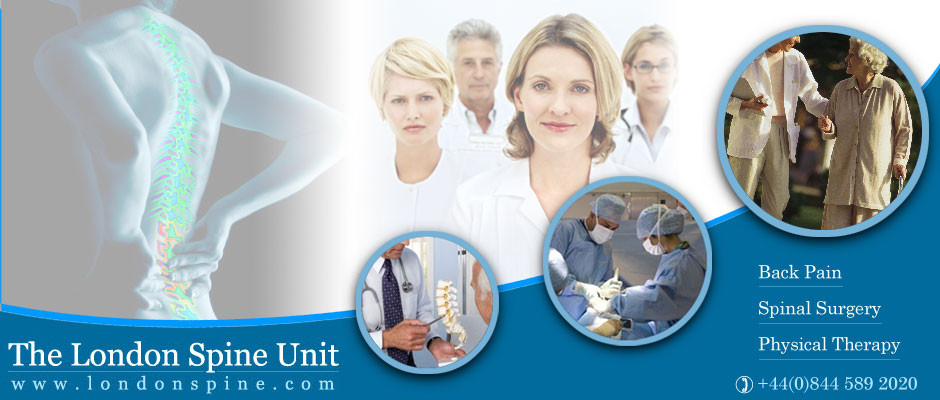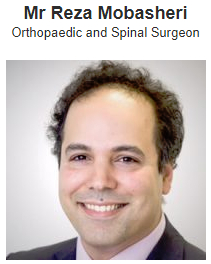Osteoporosis is a disease that affects the bones, caused by the diminution of the tissue that forms them, for lack of both the proteins that make up its matrix or structure and the calcium mineral salts that they contain. The lack of calcium is probably the best known.
Protein and calcium deficiencies produce osteoporosis, as a result, the bone is less resistant and more fragile than normal, has less resistance to falls and breaks relatively easily after trauma, resulting in fractures or microfractures.
Risks
The great risk for patients with osteoporosis is to fall. A fall that in another person would be banal can suppose a bone fracture that, in the best of the cases, is annoying and of long healing. In very old people the great risk is that a fall produces a hip fracture, with serious consequences.
The hip fracture is not fatal in itself, but it is very painful and has a very slow and disabling recovery: many elderly people die not because of the fracture but because of the general deterioration that the process generates after the fall, fracture and treatment, for its long and complex duration.
Osteoporosis is one of those silent diseases that when they manifest is because things are already wrong.
It is not that there is no solution in those moments, but if the manifestation is a fracture, the consequences can be worse than if the person had a healthy bone.
It is worth mentioning that osteoporosis does not cause symptoms and often go unnoticed, which is why it has been called silent epidemic (one more, such as hypertension, diabetes, cholesterol, etc.).
Fractures occur most frequently in the hip bones, the vertebrae of the spine, and the wrist bones. Vertebral fractures can cause loss of height and deformity of the rib cage. Those of hip generate problems in walking and general mobility.


















